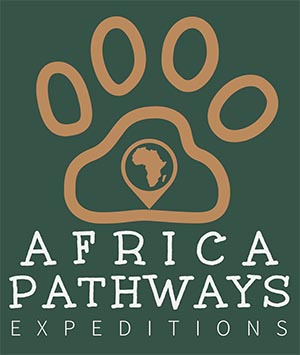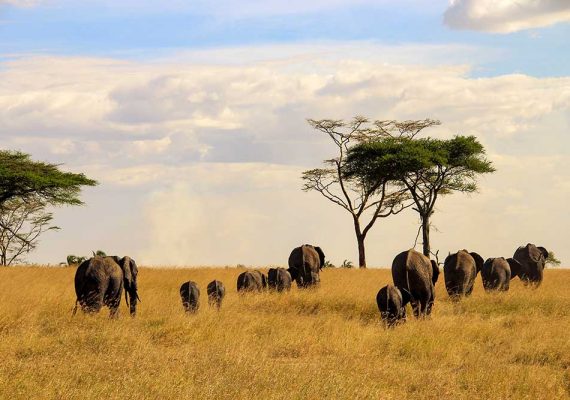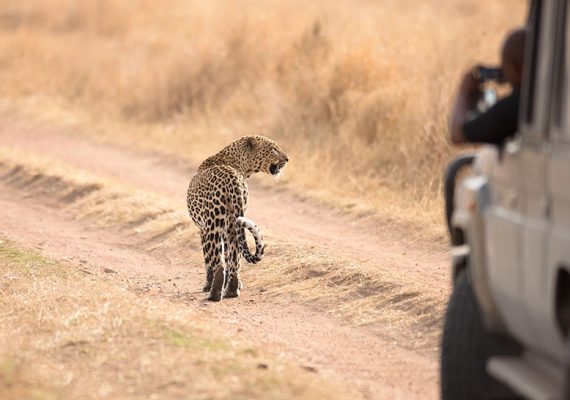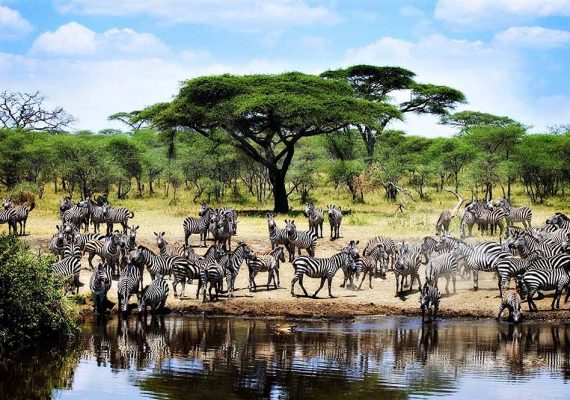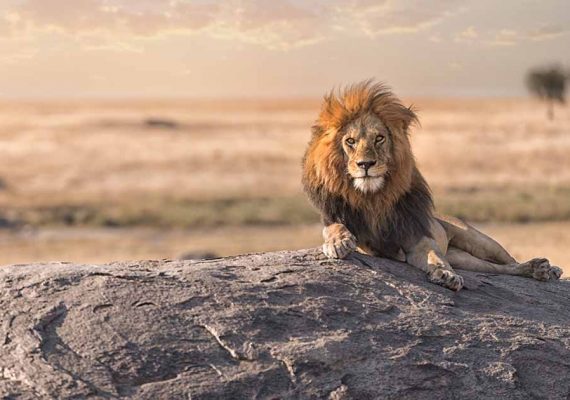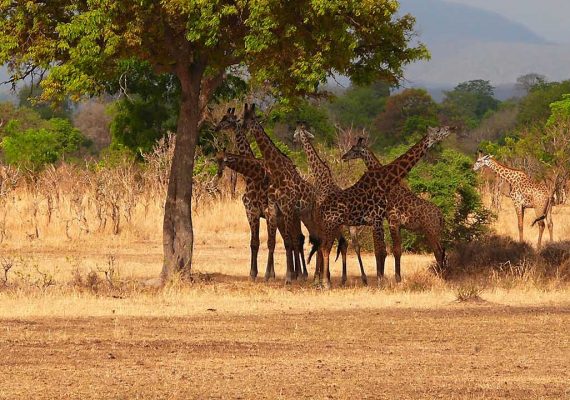Covering an area of 14,763 sq. km, Serengeti National Park is the second largest National Park in Tanzania after Ruaha. The park is located some 320 km to the northwest of Arusha, lying in a high plateau between the Ngorongoro highlands and the Kenya/ Tanzania border, and extending almost to Lake Victoria to the west. Aptly named “endless plains” by the Maasai people, you immediately experience this vastness as you enter the southeastern plains of the park from Ngorongoro.
Declared a protected area in 1921 and gazetted as a National park in 1951, Serengeti is the oldest National Park in Tanzania and undoubtedly one of the most famous wildlife sanctuaries in the world. The principal features of the Serengeti are the short and long grass plains in the south and east, the acacia Savannah in the central areas, the hilly and densely wooded areas in the north and the extensive woodland in the west.
There is a variety of scenery, which include the plains, lakes, hills and the rock outcrops called kopjes which you can even explore by horseback. The main game drive areas in the Serengeti are the Seronera Valley, the Western Corridor, and Lobo or northern Serengeti. The Seronera valley in central Serengeti endowed with permanent surface water attracts a large concentration of wildlife throughout the year. Common animals that can be seen here are lions, buffaloes, impalas, hippos, waterbucks, elephants, cheetahs and the leopard. From December, when the long rains start, to May, eastern Serengeti plains provide the best opportunities for game viewing as hundreds of thousands of the migratory animals are concentrated in this part attracted by the short palatable grass.
Between May and July, when drought sets in, Serengeti is the site of one of the most breathtaking events in the animal kingdom – the migration of thousands of wildebeest heading southwest, north or west in search of water and greener pastures. The Lobo area remains rich in wildlife during the dry months of August to November when most of the game has moved from the grass plains in the south. This is also true of the Western Corridor towards Lake Victoria when the migration usually lingers in the area between June and July. Serengeti provides sanctuary to the highest concentration of plains animals in the world. Survey estimates indicate an animal population of over 4 million including 3,000 lions, 1,600,000 wildebeest, 300,000 Thomson‘s and Grant‘s gazelle, 500,000 zebras. There are over 400 species of birds in the Serengeti.
Info
Size: 14,763 square kilometres.
Location: 320 north of Arusha.
Best Time: December to July for the Great Wildebeest Migration. June to October for predators.
Things to Do: Great Migration, hot air balloon safaris, game drives,Walking safari,Olduvai Gorge, Lake Natron, Ol Doinyo Lengai volcano, and flying safaris.
Known For: The Great Wildebeest Migration. The world’s most famous game viewing park
